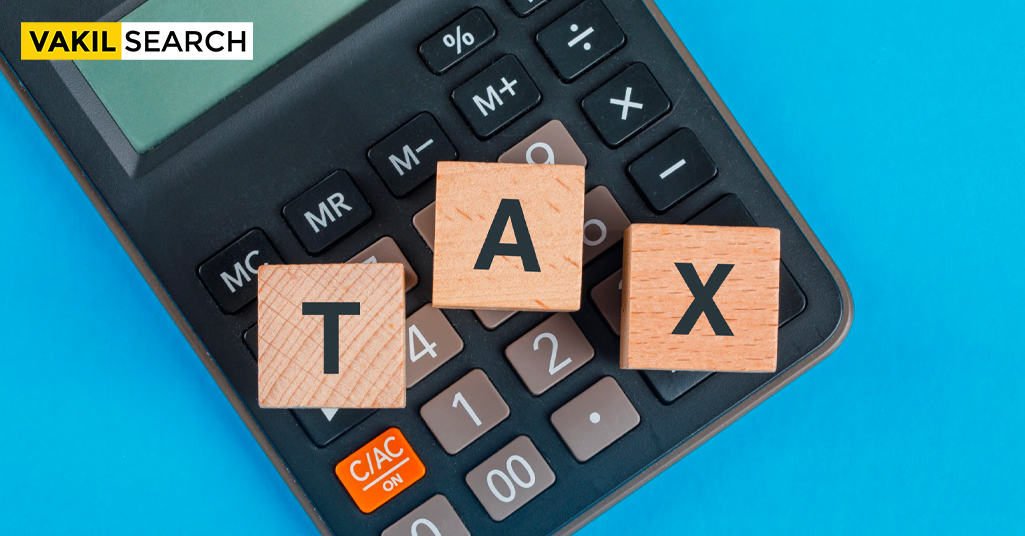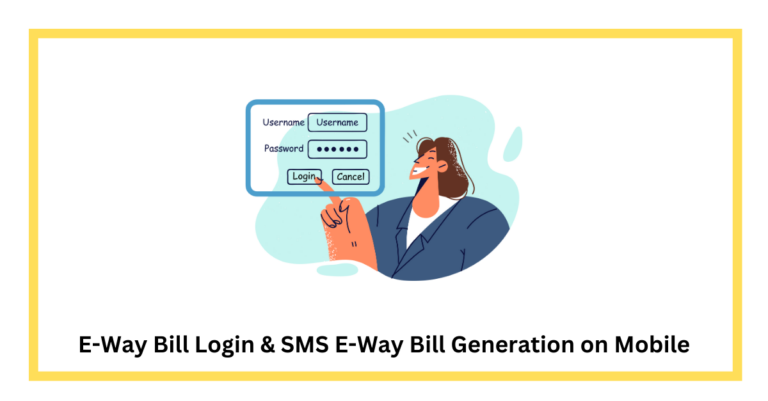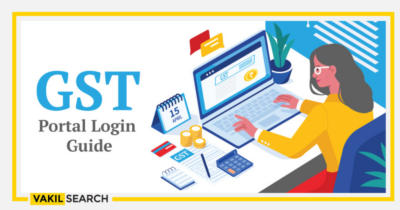Service Tax is levied by the Central Government on services rendered by various service providers. It is of great importance that these taxes are filed on time to avoid fines and penalties.
Service tax, as the name implies, is levied by the Central Government on service providers for the services they provide. The tax was introduced under Section 65 of the Finance Act, 1994. Ideally, the tax is paid to the government to enjoy different services provided by the service providers. The tax is deposited by the service providers and recovered from the receivers who benefitted from the taxable services. Read more to find the due dates for service tax.
Service Tax – Payment Procedure:
The Service tax is paid through Form TR-6 in the specified branches of designated banks. The Commissioner of Central Excise lists the banks in which the Service tax can be paid. Service tax payment due dates vary according to the business structure of the entity. Individuals, proprietary firms, and partnership firms pay the service tax on a quarterly basis. The payment is usually made on the 25th day of the month following the quarter. For instance, the service tax for the quarter ending on 30th June is to be paid by 25th July. Other entities are required to pay the service tax on a monthly basis which is to be paid by the 25th day of the succeeding month.
The service tax rate levied in India is currently 15% and the tax can be paid offline or through online portals. However, the due dates for physical payment fall a day before the online payment due dates.
Service Tax Payment Due for Business Entities:
Individual Services, Proprietorship, and Partnership firms pay the service taxes on a quarterly basis. If deposited through the online portal, the tax must be paid on the 6th of July, the 6th of October, the 6th of January, and the 31st of March. If deposited through physical mode, then service tax payments are due on the 5th of July, 5th of October, 5th of January, and 31st of March for the listed entities.
In the case of Limited Liability Partnership (LLP) firms and One Person Companies (OPC) that are service-oriented, make their payments every quarter. If the tax is deposited online through net banking, it should be paid by the 6th of the month immediately following the respective quarter. The 4 quarters during which the tax should be deposited are, April to June, July to September, October to December, and January to March. If the tax is paid through physical mode, it has to be done on or before the 5th of every month and the 31st of March.
Service Tax Payment:
The service tax payment may be made both through online and offline modes. To pursue the payment online, the Assessee must have a net banking account with one of the authorised banks. The payment has to be made online mandatorily, if the assessee has paid a total service tax of Rs.1 lakh or more including the payment for Central Value Added Tax (CENVAT) in the preceding financial year.
Online Payment:
The online payment of service tax can be made by following the steps mentioned below:
- The online payment of service tax can be done by logging in to the official website and choosing the option ‘E-payment (Excise & Service Tax)’
- Thereafter the 15-digit service tax number issued by the jurisdictional Commissioner must be entered
- A validation is run to check the number thus entered. If it is valid, details such as the Name, Address, Commissionerate code, etc. will be displayed on the screen
- The Assessee should thereafter choose the tax that needs to be deposited like the Service Tax or Excise Duty and then select ‘Select Accounting Codes for Service Tax’
- The banks through which the payment can be made are displayed in a drop-down menu. The assessee must select one of them through which the service tax payment can be made
- After entering the details requested, a confirmation screen will appear. After confirming the accuracy of the details, the assessee is navigated to the net banking site of the bank selected previously
- The assessee will have to log in to the net banking site and make the payment against the service tax
- The challan appears on the screen which contains the payment details, the Challan Identification Number, and the name of the bank through which the payment was made
- The receipt can be downloaded from the bank website as it contains all the details pertaining to the payment and works as an acknowledgment slip.
The challan status can be verified on the website. For other inquiries, the assessee can mail to easiest@nsdl.co.in.
Physical Payment:
The physical payment can be made through Form GAR-7. On payment, the teller will stamp the challan identification number, which contains the serial number of the challan, the Basic Statistical Returns (BSR) code of the bank, and the date of deposit. All three must be stamped to be valid while filing the return.
Filing of Service Tax Returns:
Entities that are required to pay service tax must file it through Form ST-3 or Form ST-3A. ST-3 Returns are applicable for registered assessees. ST-3A Returns are applicable for those who make a provisional assessment under rule 6(4) of the Service Tax Rules, 1994. The form can be used to correct the mistake or omission, within a period of 90 days from the date of submission of the Return under Rule 7. The tax returns must be paid bi-annually and the service tax return must be e-filed. The due date for filing service tax returns for the first half of the year is 25th October and 25th April for the second half of the year.
- To file the service tax returns, the assessee needs to register with ACES (Automation Central Excise and Service Tax) by visiting the website of the Central Board of Excise and Customs
- After registration, the assessee will receive the user ID and password. Using the same the assessee can log in to the site of the Central Board of Excise and Customs and get access to FORM ST-1
- The online form must be filled with the necessary information and the e-payment must be made using the chosen bank.
If the assessee fails to file the returns within 15 days, from the prescribed due date of returns, a penalty fee of ₹500 will be levied. If the filing is delayed beyond 16 but filed within 30 days, a fine of ₹1,000 should be paid. For a delay of more than 31 days, a penalty of ₹100 per day is levied.
It is therefore prudent to file the taxes on time to keep clear of penalties and other legal hassles. At Vakilsearch, we help individuals and corporates file their taxes and returns on time and ensure that all legal compliances are duly met. We are just a call away and are more than ready to offer you assistance in filing your taxes.










